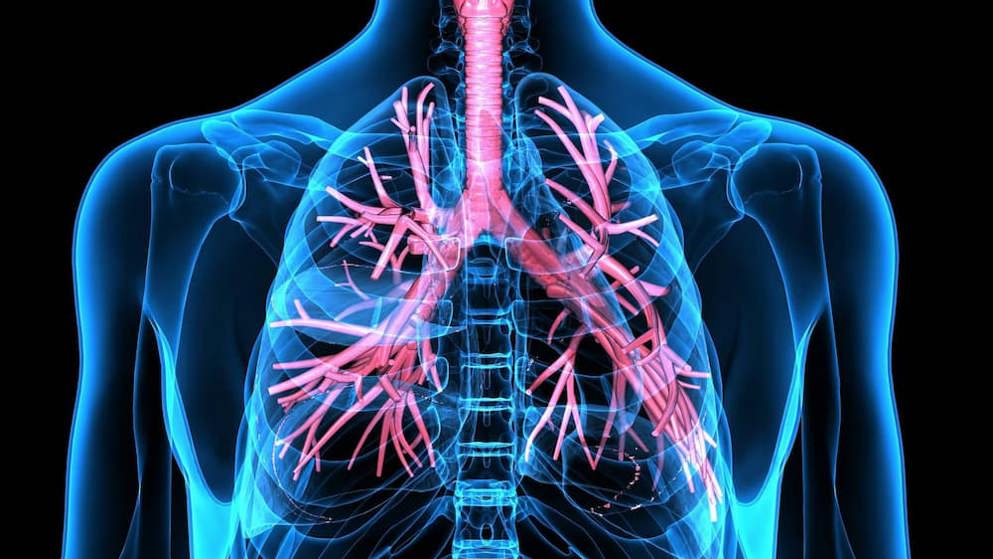Positive data from trial of Spiriva HandiHaler plus Striverdi Respimat for COPD-Boehringer
Boehringer presented data from the ANHELTO 1&2 studies (NCT01694771/NCT01696058) that evaluated the co-administration of Spiriva HandiHaler (tiotropium bromide inhalation powder) plus Striverdi Respimat (olodaterol) Inhalation Spray (O) inhaler in patients with Chronic Obstructive Pulmonary Disease (COPD). At Week 12, patients receiving T+O showed significant improvements in lung function, as measured by trough forced expiratory volume in one second (FEV1) and FEV1 area under the curve from 0-3 hours (FEV1AUC0-3h), compared to patients receiving tiotropium + placebo (T+P). The percentage of patients experiencing any adverse event (AE) in ANHELTO-1 was 45.3 percent with T+O 18/5 mcg and 42.8 percent with tiotropium 18 mcg. In ANHELTO-2, 40.1 percent of patients in the T+O 18/5 mcg group experienced any AE, compared to 43.2 percent in the tiotropium 18 mcg group.
The most frequent adverse events across the two studies were worsening of COPD (10.7 percent) and dry mouth (2.7 percent). The data were presented at the American College of Chest Physicians (ACCP) 80th annual meeting (CHEST 2014) and have also been published online this month in the International Journal of Chronic Obstructive Pulmonary Disease. See: "Efficacy and safety of combining olodaterol Respimat and tiotropium HandiHaler in patients with COPD: results of two randomized, double-blind, active-controlled studies" ZuWallack R et al. International Journal of Chronic Obstructive Pulmonary Disease 2014, 9:1133-1144 14 October 2014

